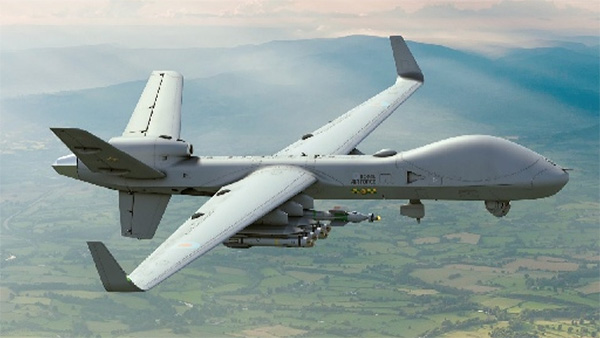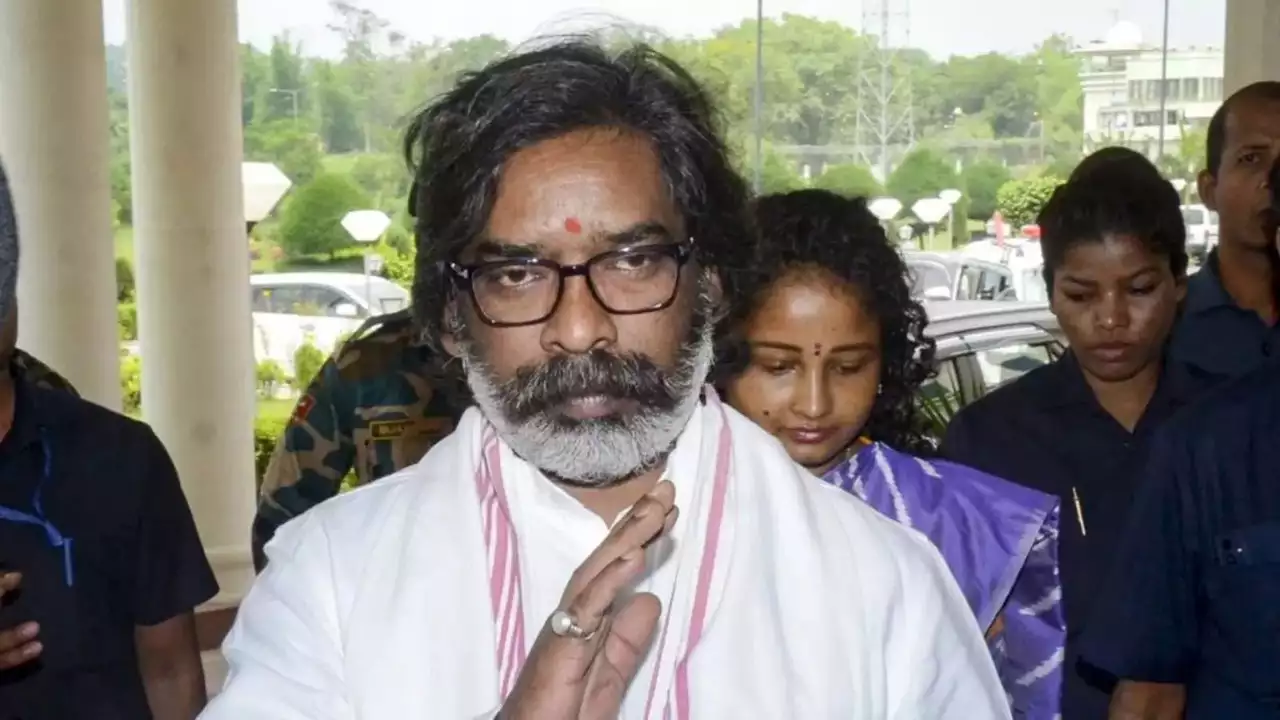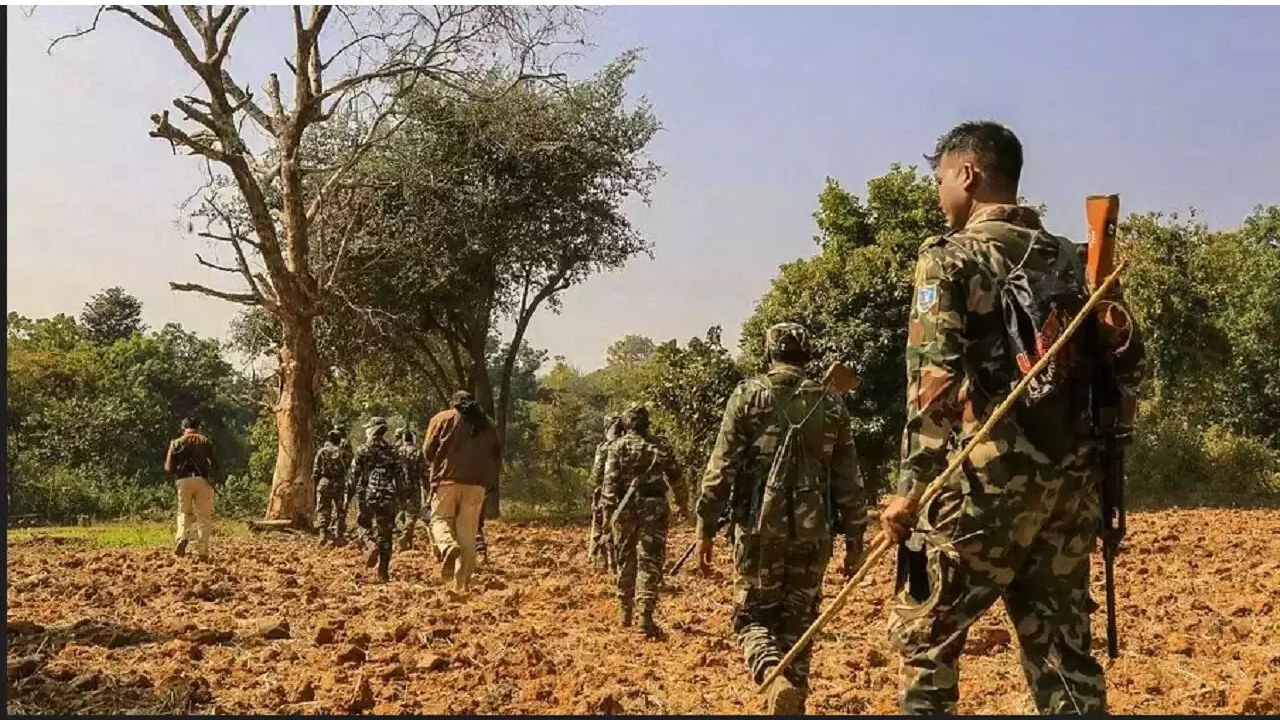
India-US ink big-ticket Predator drone deal
PTI New Delhi: India on Tuesday inked a mega deal with the US to procure 31 Predator long-endurance drones from American defence major General Atomics under the foreign military sales route at a cost of nearly USD 4 billion to boost Indian military’s combat prowess along the contested borders with China. The deal, signed in presence of top defence and strategic brass of India in the national capital, marks a significant upswing in military ties between the two countries, officials told PTI. The procurement of the drones was finalised just weeks ahead of the US presidential elections. Last week, the Cabinet Committee on Security (CCS) headed by Prime Minister Narendra Modi cleared the procurement of the MQ-9B ‘hunter killer’ drones. Vivek Lall, the Chief Executive of General Atomics Global Corporation who played a key role in the negotiations on the deal, was present at the signing ceremony. The drones are being procured at an estimated cost of around USD 4 billion, officials said. India is acquiring the drones primarily to crank up the surveillance apparatus of the armed forces, especially along the contested frontier with China.
In June last year, the Defence Ministry approved the procurement of the MQ-9B Predator armed drones from the US under a government-to-government framework. The MQ-9B drone is a variant of the MQ-9 “Reaper” which was used to launch a modified version of the Hellfire missile that eliminated al-Qaeda leader Ayman al-Zawahiri in the heart of Kabul in July 2022. While the Navy will get 15 Sea Guardian drones, the Indian Air Force and the Army will each get eight Sky Guardian drones. The high-altitude longendurance drones are capable of remaining airborne for over 35 hours and can carry four Hellfire missiles and around 450 kgs of bombs. The Sea Guardian drones are being procured as they can carry out a variety of roles, including maritime surveillance, anti- submarine warfare and over-the-horizon targeting among others.
India is acquiring the drones primarily to crank up the surveillance apparatus of the armed forces, especially along the contested frontier with China.
 English daily published in Bengaluru & Doha
English daily published in Bengaluru & Doha






